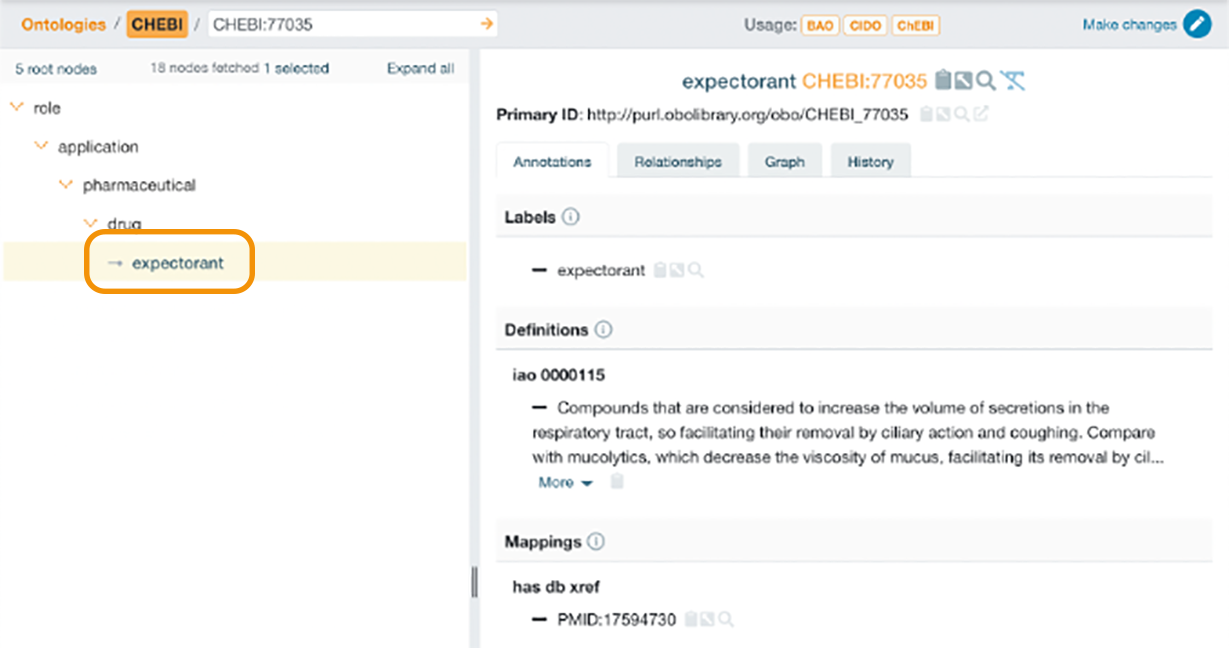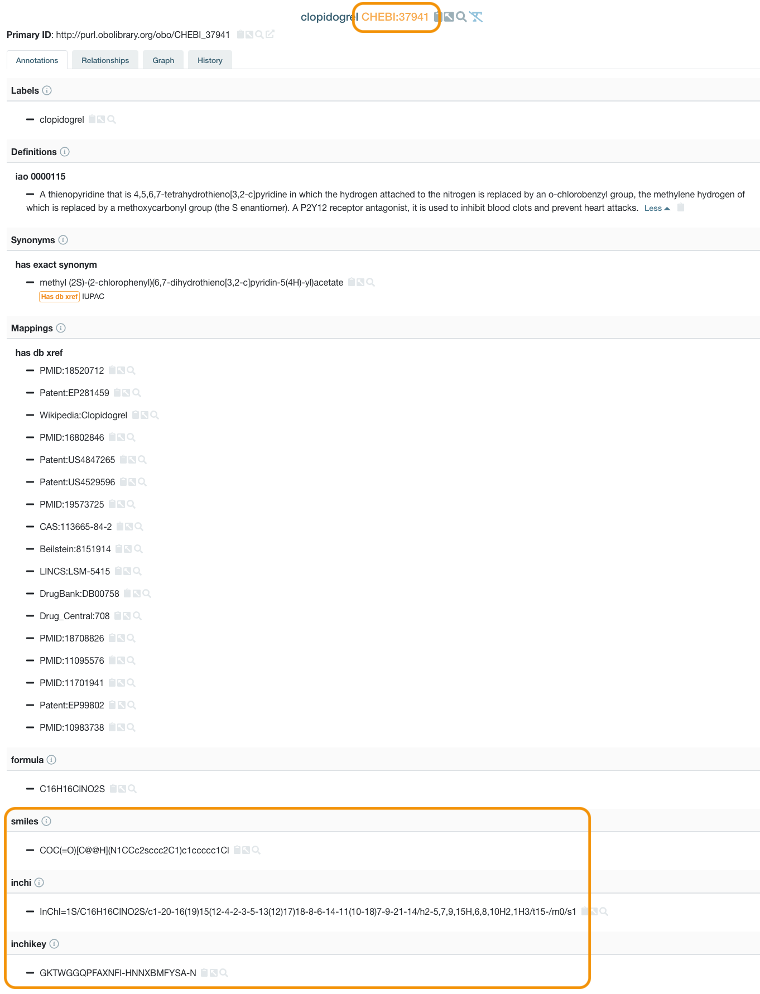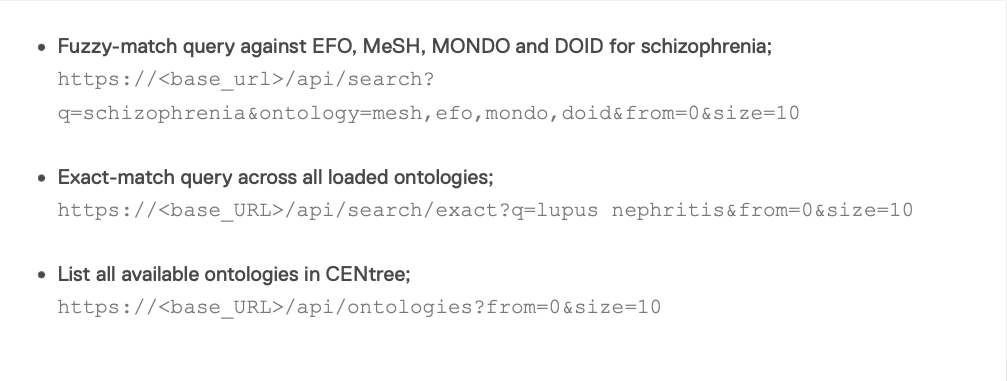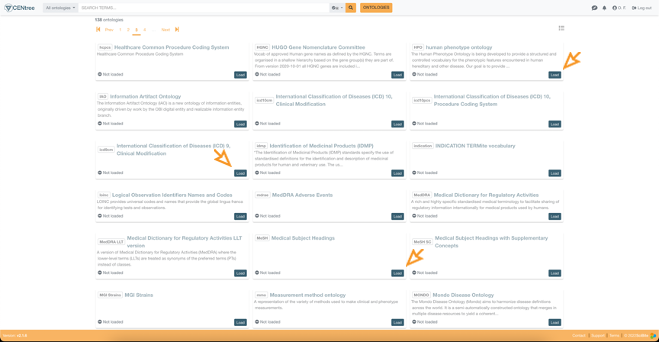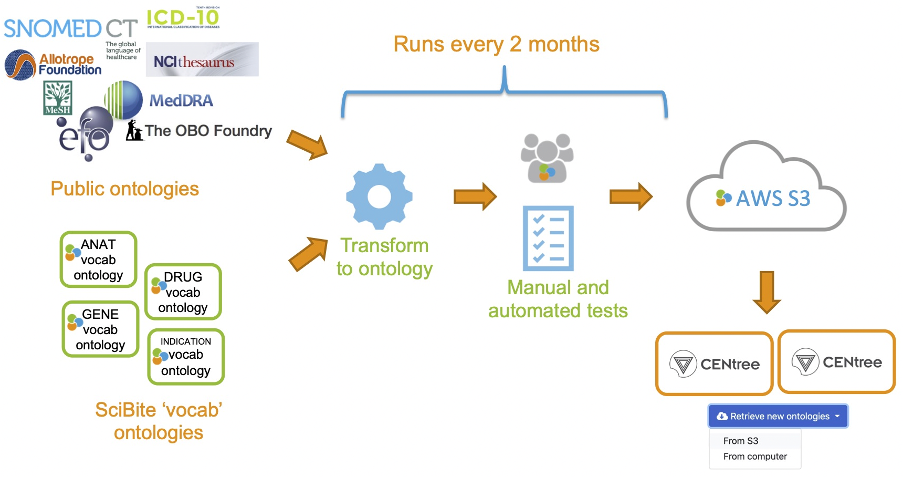-
Solutions
Solutions
Explore SciBite’s full suite of solutions to unlock the potential of your data.
-
Use Cases
Use Cases
Discover how SciBite’s powerful solutions are supporting scientists and researchers.
-
Knowledge Hub
Knowledge Hub
Explore expert insights, articles, and thought leadership on scientific data challenges.
ResourcesDiscover our whitepapers, spec sheets, and webinars for in-depth product knowledge.
-
About
About SciBite
Explore SciBite’s full suite of solutions to unlock the potential of your data.
- Contact Us
Explore SciBite’s full suite of solutions to unlock the potential of your data.
Discover how SciBite’s powerful solutions are supporting scientists and researchers.
Explore expert insights, articles, and thought leadership on scientific data challenges.
Discover our whitepapers, spec sheets, and webinars for in-depth product knowledge.
Explore SciBite’s full suite of solutions to unlock the potential of your data.


